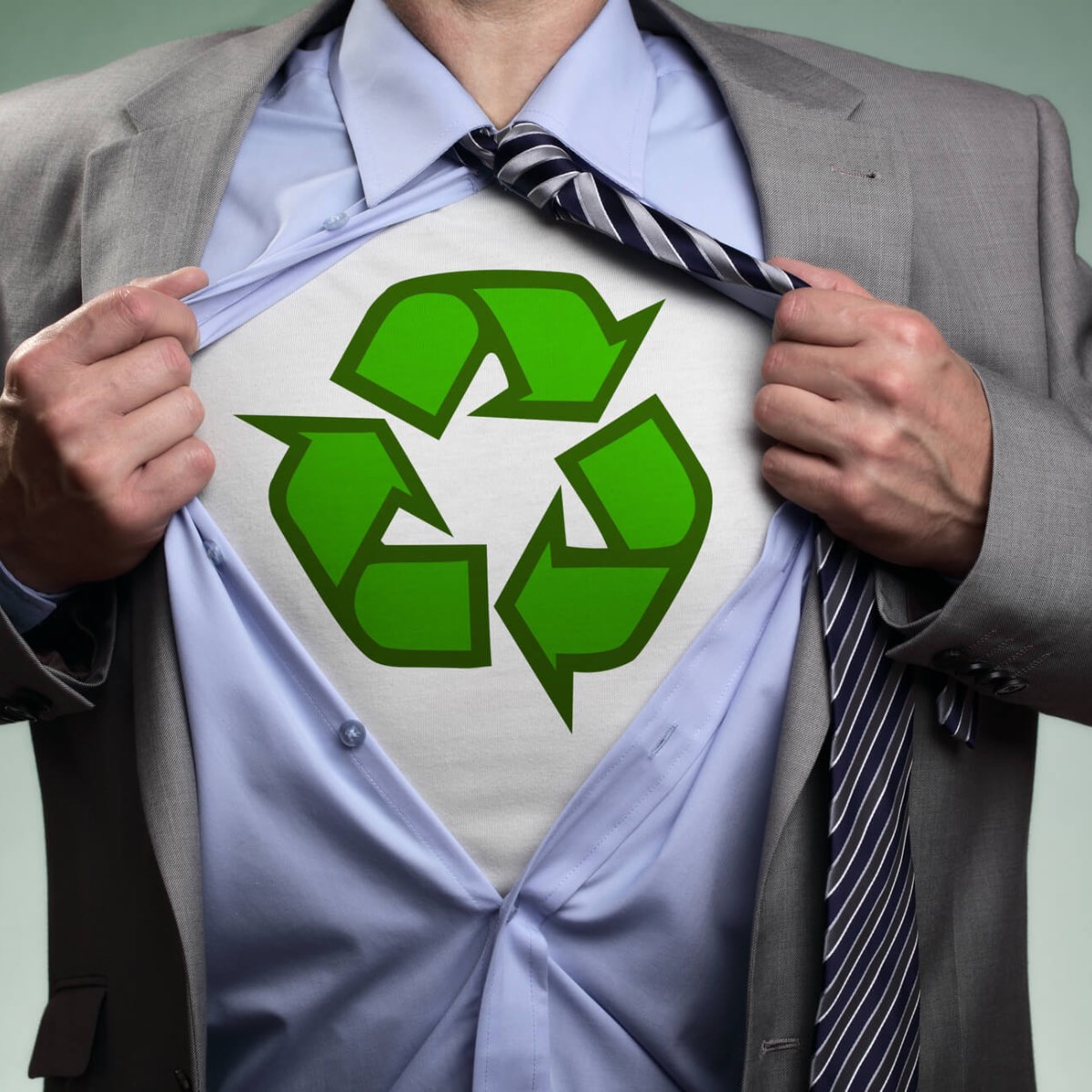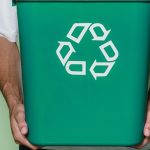Hve you ever wondered what are the hardest materials to recycle? In this article we take a detailed look at the most problematic materials to recycle and how to reduce our reliance on them.
What Is the Hardest to Recycle?

Not all recyclables are created equal. While tossing a soda can in the blue bin might seem like second nature, some materials pose a hidden challenge. These “hard-to-recycle” items can leave us scratching our heads, wondering if they belong in the bin or not. But fear not, eco-warriors! Understanding these tricky recyclables is key to maximizing our environmental impact.
Think about it: every item sent to landfill could have been a valuable resource reborn. By tackling the toughest recycling hurdles, we unlock a path towards a cleaner, greener future. So, let’s embark on this recycling expedition and discover the materials that demand a little extra attention. Get ready to unlock the secrets of responsible waste management and become a true recycling pro!
Identifying the Hardest-to-Recycle Materials
Plastic Film and Flexible Packaging
Recycling Challenges:
Those flimsy plastic bags, cling wrap, and chip wrappers seem harmless, but they’re notorious recycling villains. Their lightweight nature makes them difficult for sorting machines to handle, often getting tangled and contaminating other recyclables. Additionally, their complex mix of plastics and additives poses challenges for reprocessing facilities. Imagine trying to recycle a mixed salad instead of individual vegetables!
Alternatives to Recycling:
While some communities accept clean and dry plastic film in designated drop-off locations, it’s generally not accepted in curbside bins. So, what’s the solution? Opt for reusable alternatives! Invest in cloth grocery bags, reusable food wraps made from beeswax or silicone, and consider refillable containers for products like laundry detergent or shampoo. By reducing your reliance on single-use plastics, you’ll minimize waste and avoid the recycling conundrum altogether.
Styrofoam
Recycling Woes:
Remember those white packing peanuts and coffee cups? They’re made of expanded polystyrene (EPS), commonly known as Styrofoam. This lightweight material poses major recycling challenges due to its low density and bulky nature. It takes up valuable space in recycling trucks and contaminates other recyclables if broken down. Most curbside programs simply can’t handle it.
Managing Styrofoam Waste:
While some communities offer drop-off locations for clean EPS foam, its recycling infrastructure remains limited. So, what can you do? Look for alternatives like packing peanuts made of biodegradable materials or choose products with minimal Styrofoam packaging. Additionally, advocating for better Styrofoam recycling infrastructure in your area can create positive change.
Certain Types of Plastics
Plastic Perplexities:
Not all plastics are created equal when it comes to recycling. Look out for specific numbers on plastic containers, as they indicate the type of plastic used. Numbers 1 (PET) and 2 (HDPE) are generally accepted in most curbside programs, while others like 3 (PVC), 4 (LDPE), 5 (PP), 6 (PS), and 7 (Other) often face recycling limitations or are completely unrecyclable. Confusing, right?
Reducing Plastic Reliance:
To navigate the plastic maze, remember the “Reduce, Reuse, Recycle” mantra. Choose products with minimal or recyclable plastic packaging. Opt for reusable containers whenever possible, like water bottles or shopping bags. When you do encounter non-recyclable plastics, explore innovative solutions like community-run recycling programs or repurposing projects. By making informed choices and advocating for better plastic alternatives, we can minimize plastic waste and its impact on our environment.
Electronics and E-Waste
Tech Trouble:
From old TVs to discarded smartphones, electronic waste, or e-waste, poses unique recycling challenges. Their complex mix of materials like metals, plastics, and hazardous components requires specialized processing. Additionally, data security concerns add another layer of complexity. Simply tossing them in the bin is a big no-no!
Responsible E-waste Management:
E-waste contains valuable resources and harmful toxins. Improper disposal can lead to environmental contamination and health risks. Luckily, many electronics manufacturers and retailers offer take-back programs for their products. Additionally, specialized e-waste drop-off facilities exist in many communities. Responsible e-waste management is crucial to protect our planet and ensure ethical recycling practices.
Emerging Solutions and Innovations
Tech Takes on the Challenge):
The good news? Innovation is paving the way for better handling of hard-to-recycle materials. Artificial intelligence is being used to improve sorting accuracy, while new chemical and mechanical processes are being developed to break down complex materials for recycling. Additionally, research into biodegradable and compostable alternatives is gaining momentum. These advancements offer hope for a future where even the trickiest recyclables can be given a new life.
Beyond Recycling: Reduce and Reuse:
While advancements in recycling technology are promising, remember the true hierarchy of waste management: Reduce, Reuse, Recycle. Opt for durable and repairable electronics whenever possible. Consider buying refurbished devices or extending the lifespan of your current ones through proper care and maintenance. By extending their use and minimizing e-waste generation, we can significantly reduce the burden on recycling systems and conserve valuable resources.
Conclusion: Navigating the Recycling Maze Together
Our exploration of “hard-to-recycle” materials has unveiled a complex landscape, from plastic film’s tangled web to the hidden complexities of e-waste. But remember, this knowledge empowers us! By understanding the challenges, we can make informed choices. Opt for reusable alternatives, choose products with minimal problematic packaging, and explore responsible disposal options for trickier items.
The future of recycling is bright, with innovative technologies and initiatives paving the way for a more sustainable world. But remember, individual action is key. Support local drop-off programs, advocate for better recycling infrastructure, and spread awareness among your community. Together, we can turn these “hard-to-recycle” materials into stepping stones towards a cleaner, greener future. Let’s embrace the challenge, recycle responsibly, and create a world where waste becomes a thing of the past!
Check out more recycling stuff here.


